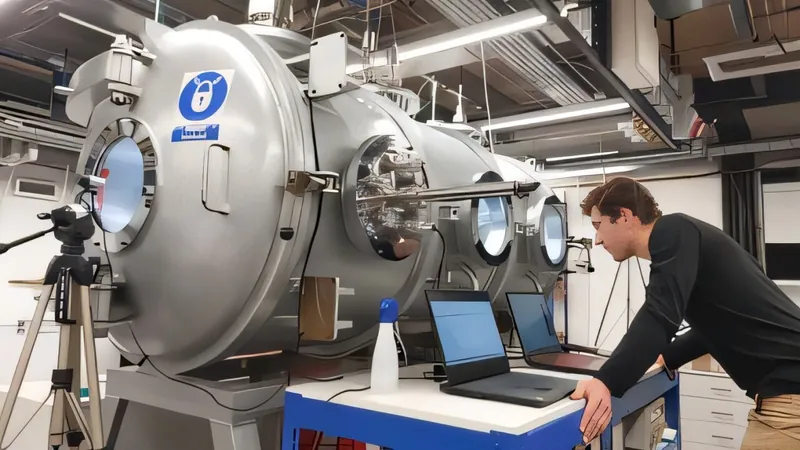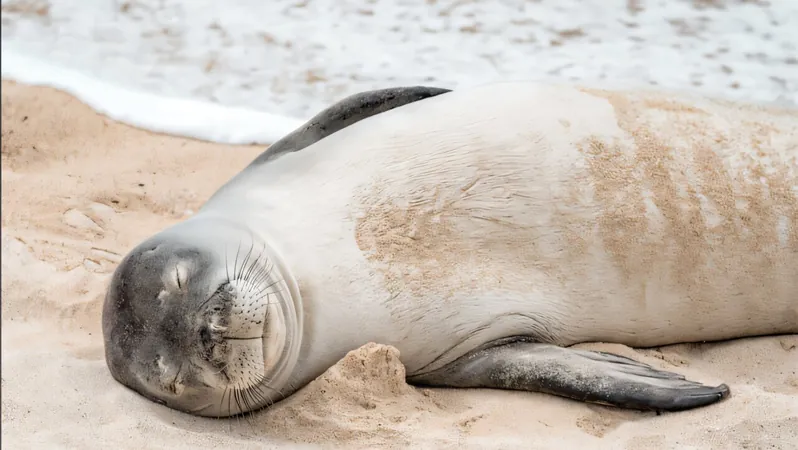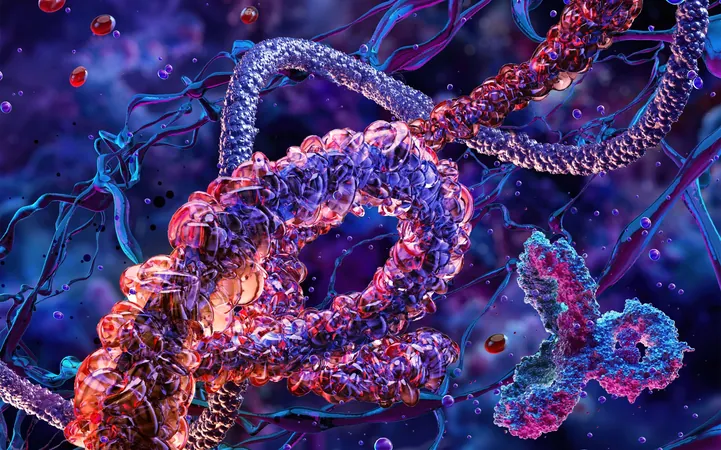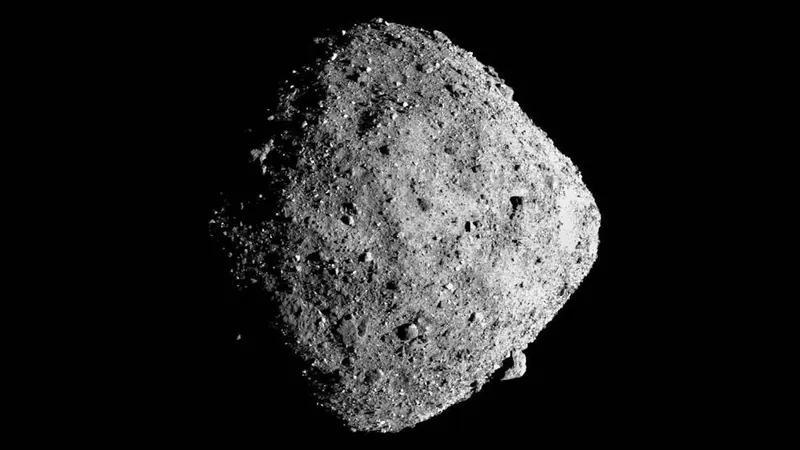
Unveiling the Secrets of Space: Scientists Mimic 'Ice Volcanoes' of Icy Moons in Jaw-Dropping Experiments!
2025-07-29
Author: Benjamin
The Astonishing Science Behind Cryovolcanism
In a groundbreaking exploration of our solar system's icy giants, scientists have successfully recreated the extreme conditions on moons like Europa and Enceladus—revealing the bizarre and unpredictable behavior of water in space!
The Dual Nature of Water in Space
Unlike the predictable boiling and freezing of water on Earth, in the near-zero pressure of space, water behaves in a chaotic fashion—boiling and freezing simultaneously! This duality is key to understanding the unique geological reshaping of icy moons through a phenomenon called cryovolcanism.
The Secrets of Europa and Enceladus Revealed
Europa, a captivating moon orbiting Jupiter, and Enceladus, a glistening sphere around Saturn, boast frozen exteriors, with vast liquid oceans lurking beneath. Astronomers have observed impressive water vapor jets erupting into space from Enceladus, hinting at explosive cryovolcanism—an ice-covered moon's version of volcanic eruptions.
Inside the Lab: Simulating Space Conditions
To investigate the mechanics of effusive cryovolcanism, scientists from the University of Sheffield, the Open University, and the Czech Academy of Sciences employed a specialized low-pressure chamber nicknamed "George." For the first time, they performed experiments with larger volumes of water, capturing the phenomenon on film.
Bubbles, Boiling, and Ice: A Chilling Experiment
As the pressure inside the chamber dropped, the water erupted into bubbles and boiled vigorously—even at chilling temperatures. The subsequent vapor whisked heat away, causing the surface to freeze, and soon, a layer of ice cloaked the water. But beneath this fragile crust, an active dance continued—the water bubbled and boiled, with gas building and causing cracks to form in the ice.
A Complexity Beyond Expectations
Dr. Frances Butcher of the University of Sheffield described the ice layer's surprising properties: "It's weak and riddled with holes. This allows gas to escape, causing pressure fluctuations that result in cracks and the return of water to the icy surface, only to repeat the cycle all over again!"
Gaining Insights Beyond Our Moon
While water on Earth has well-defined freezing and boiling points, researchers discovered that under the low-pressure conditions found on icy moons, freezing and boiling interact in an intricate and prolonged manner. According to Dr. Petr Broz, the lead author, this reveals a more nuanced understanding of how water behaves in extreme environments.
An Invitation to Explore the Cosmos!
Scientists hope that their findings could help pinpoint ancient signs of cryovolcanic activity not only on moons like Europa and Enceladus but across other celestial bodies. The irregular ice formations—bumps and depressions caused by trapped vapor—might serve as telltale signs that future spacecraft could detect, guiding us towards new discoveries about these distant realms.
Future Missions Could Uncover Cryovolcanic Secrets!
With insights gained from this study, we could see a new era of exploration focused on uncovering the secrets of cryovolcanism. As Professor Manish Patel stated, “These subtle surface irregularities could lead to major breakthroughs in our understanding of icy moons and inform future exploratory missions into the cosmos.”









 Brasil (PT)
Brasil (PT)
 Canada (EN)
Canada (EN)
 Chile (ES)
Chile (ES)
 Česko (CS)
Česko (CS)
 대한민국 (KO)
대한민국 (KO)
 España (ES)
España (ES)
 France (FR)
France (FR)
 Hong Kong (EN)
Hong Kong (EN)
 Italia (IT)
Italia (IT)
 日本 (JA)
日本 (JA)
 Magyarország (HU)
Magyarország (HU)
 Norge (NO)
Norge (NO)
 Polska (PL)
Polska (PL)
 Schweiz (DE)
Schweiz (DE)
 Singapore (EN)
Singapore (EN)
 Sverige (SV)
Sverige (SV)
 Suomi (FI)
Suomi (FI)
 Türkiye (TR)
Türkiye (TR)
 الإمارات العربية المتحدة (AR)
الإمارات العربية المتحدة (AR)